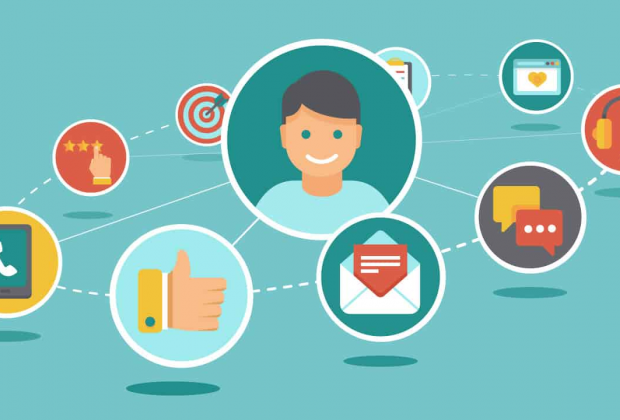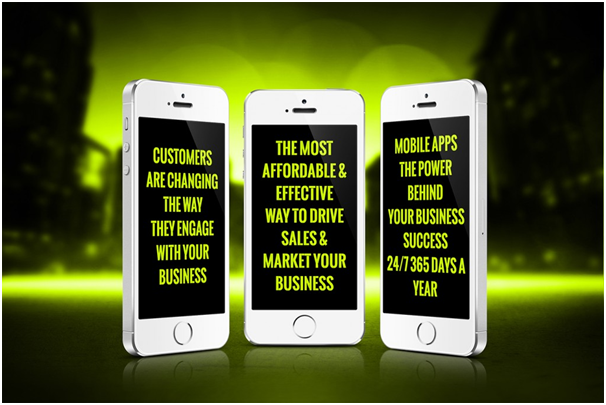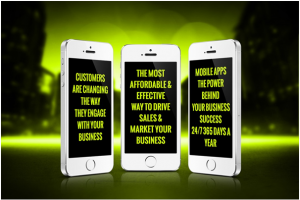What is customer experience management? This discipline focuses on creating customer value through their interactions with your business. In short, customer experience management is all about delighting customers and reducing churn. It combines surveys, analysis, and enhancement of customer interactions with your business. In this article, we’ll examine how this discipline works. And why it is essential for businesses today. After all, what’s the use of customer experience management if your customers aren’t happy?
Customer experience management is a holistic approach
A customer’s journey spans many touch points and channels, and brands must holistically consider this. A customer experience management strategy will connect the issue with larger goals and provide a comprehensive solution. While an atomistic approach may focus on the customer’s first point of contact, it often overlooks the many other touch points involved. Such an approach can result in a less than satisfactory resolution and damage customer loyalty.
The modern customer experience is a layered journey encompassing multiple brands, service providers, and the business ecosystem. As a result, customer support is no longer a one-to-one conversation – it’s an ongoing dialog between customers and companies. By breaking down data silos – repositories of data held by different departments – companies can create a complete picture of the customer’s journey and differentiate themselves from their competitors.
It involves surveying, analyzing, and enhancing customer interactions with your business
In short, it means evaluating the overall customer experience. Surveys can be simple or detailed, but the main goal is understanding your customers’ needs and opinions. Customer satisfaction surveys are often the most useful for this purpose. You can use them to track your progress over time and improve your services. You can also use them to learn which aspects of your customers’ service or product are disliked.
Customer experience management is a vital differentiator in a brand war. Consumers won’t settle for less than the best in today’s ultra-competitive market. If they aren’t impressed with your product, they’ll choose your competitors. That means that even the slightest mistake can make the competition sweep in. To prevent this from happening, customer experience management is a must.
It helps reduce churn
For some companies, churn is the most painful part of the customer lifecycle, particularly the financial aspect. According to a recent report by Forrester, companies lose $1.6 trillion a year in churn and spend five to sixteen times as much to acquire new customers than to retain existing ones. In addition, research shows that there is a correlation between churn rate and seasonality. Moreover, early red-flag indicators indicate that customers may cancel their subscriptions.
While many organizations do not know their churn rate, the right analytics and insights can help close service gaps. If you understand the root causes of churn and how to overcome them, you can reduce customer churn. Moreover, digital tools assess customer details and respond to industry changes. In short, churn management does not have to take up all your time and energy. Instead, reducing churn will become a breeze with the right metrics, insights, and action items.
It improves service
A growing number of companies have recognized the importance of customer experience management. Yet, in 2009, only 12% of businesses had a systematic approach to improving customer experience. Customer feedback is a powerful way to deepen the relationship and foster a positive brand perception. Boosted sales, a strong base of loyal brand advocates, and lower customer acquisition costs are all possible benefits of customer experience management. If you want to learn how to improve customer experience, read on!
Research shows that 80% of consumers value their experience with a company, and 82% stop doing business with a bad one. Customers satisfied with their experience with a company are seven times more likely to buy products from that company again, eight times as likely to recommend them to others, and 15 times more inclined to recommend them to their networks. Moreover, ninety percent of consumers in the U.S. tell their friends and family about their service experience. Customer experience management can help you improve service by identifying common problems that lead to customer churn.
It improves operations
Customers increasingly demand better experiences; if you want to achieve this, you’ll need to put customers first. This concept has been gaining in popularity for several reasons. First, it increases brand loyalty and boosts sales. It helps develop brand advocates and reduces costs by spending less on new customer acquisition. The first step is getting senior leadership involved. This includes establishing a culture of customer-centeredness throughout the organization. This includes clear brand identity and aligning people and processes with customer expectations.
Next, customer-centered business practices involve implementing processes to help customers feel comfortable with your brand and its products. For example, queue management and the first point of physical service should be automated. The latter helps optimize personnel resources, allowing them to focus on other aspects of the business. The first step in implementing a customer-centric approach is to identify customer-centric personas based on different segments of the customer base. By using these personas, you can track the customer journey and identify areas of friction and improvements.
It improves compensation
The ability to measure customer experience is a powerful motivator. When customers are treated with utmost importance, the customer experience improves, and compensation increases. This is achieved by creating systems, work processes, and company structures that prioritize the customer experience. Senior management’s demands for experience data and information condition employees to treat customers as an essential part of the company’s success. Once this is accomplished, the focus on compensation and performance will shift from sales to customer satisfaction.
In an ideal world, CX metrics would be reflected on executive dashboards, measured over time, and reported to senior leadership. These metrics would measure how customers feel about a company and how employees are compensated. Unfortunately, too often, CX metrics are tied directly to compensation, which incentivizes bad behavior and encourages manipulation and corruption among employees. Therefore, implementing CX metrics to measure customer experience is crucial.
Read Full Article












